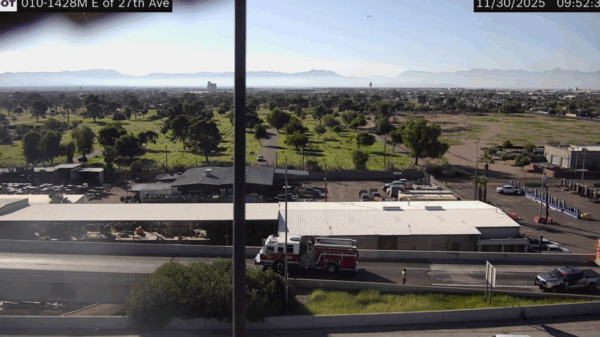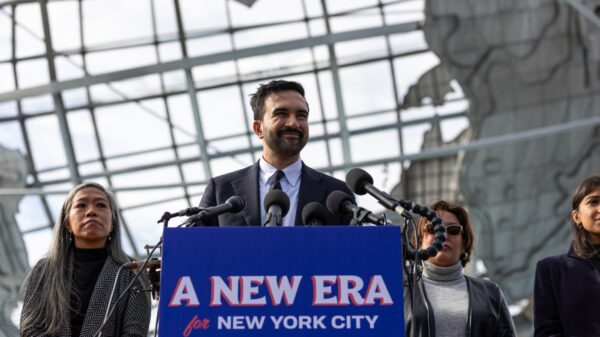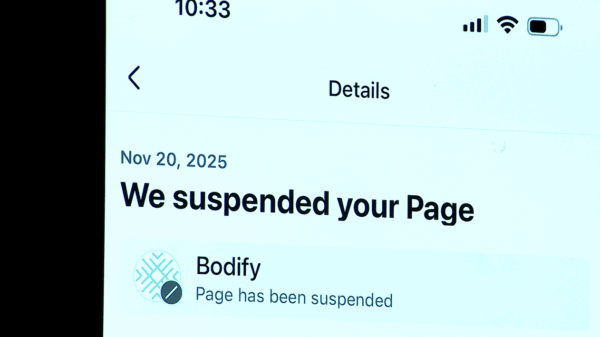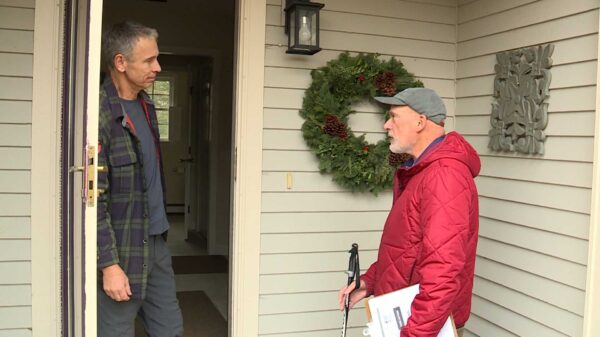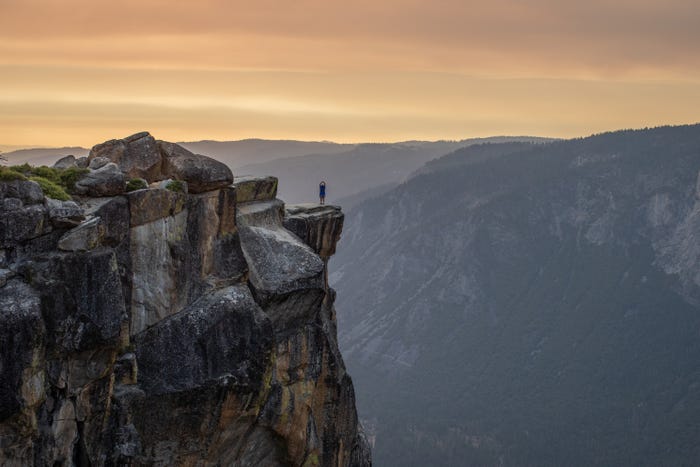URGENT UPDATE: Major national parks across the United States, including Yosemite and Yellowstone, remain open during the ongoing government shutdown, but visitors should prepare for significant service disruptions. As of October 6, 2023, over 9,000 of the 14,500 National Park Service employees are on furlough, affecting essential park operations.
National parks are accessible, but the definition of “open” varies widely. While some parks have visitor centers operational, others do not, and many are not collecting entrance fees. Expect reduced staffing levels, meaning basic services like trash collection and restroom maintenance may be compromised.
Here’s a breakdown of the situation at the top 10 most visited national parks:
1. Great Smoky Mountains National Park – Open with full operations thanks to a funding agreement between state, local governments, and nonprofit groups. Most staff are still working, and visitor centers are operational.
2. Zion National Park – Open with available services including restrooms and emergency support, although some visitor centers may have limited hours.
3. Grand Canyon National Park – While park roads and trails are accessible, visitor centers are closed, and entrance fees are waived. Concession services remain available.
4. Yellowstone National Park – Open with minimal staffing, but visitor centers are operational due to support from the nonprofit Yellowstone Forever. Lodging and dining services continue.
5. Rocky Mountain National Park – Open, but visitor centers are closed. State funding is keeping operations running, but custodial services may be limited.
6. Yosemite National Park – Open with roads, trails, and campgrounds accessible. Some services like visitor centers are operational through nonprofit support, but entrance fees are not collected.
7. Acadia National Park – Open with limited staffing. Visitor centers are closed, but roads and campgrounds remain operational.
8. Olympic National Park – Open, but visitor services are minimal due to the shutdown. Lodging and dining options run by private companies are still available.
9. Grand Teton National Park – Open to visitors, though visitor centers and ranger programs are closed. Entrance gates are unstaffed.
10. Glacier National Park – Open, but visitor centers are closed and campgrounds may have reduced staffing.
The National Parks Conservation Association has expressed concern over the shutdown, stating that the lack of staff puts both the parks and visitors at risk. “The shutdown is leaving national parks without the experts needed to protect fragile ecosystems,” said Kyle Groetzinger, a spokesperson for NPCA.
As many visitors plan trips to these iconic destinations, be prepared for limited services and the possibility of encountering unstaffed areas. The NPCA recommends exploring alternative outdoor experiences to ease the burden on these treasured landscapes.
Travelers are encouraged to check individual park websites for the latest updates and plan accordingly. With the fall season underway, the impact of the shutdown could affect annual visitation and local economies reliant on park tourism.
Stay tuned for further developments as this situation evolves.













